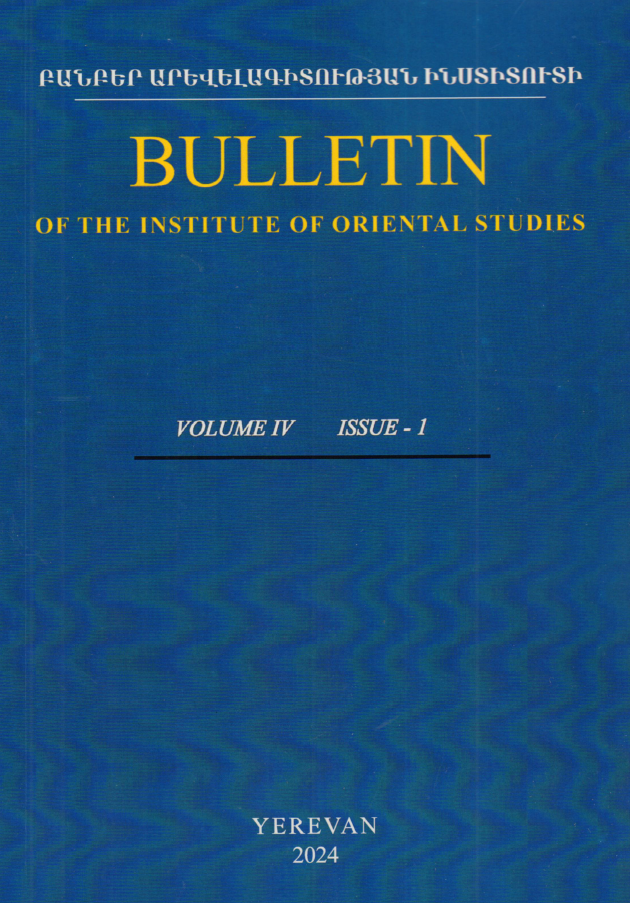Armenian Melik‘s and Khojas of Transcaucasia during Nādir Shāh’s Rule
Keywords:
Armenian meliks, khoja, Nādir Shāh, Persian documents, post, rightsAbstract
After the wars waged against Ottomans in 1734-1736 Nādir Shāh succeeded in the annexation of the greater part of Transcaucasia to his state. The elite of the local Armenian population consisted of hereditary landlords (melik‘s) and wealthy merchants (khojas and bazzazes)11 once again after the fall of the Ṣafavid rule appeared under the rule of an Iranian state. Being representatives of a similar social group of Iranian society, Armenian meliks were acknowledged by Persian government and encouraged by Nādir to render him assistance during his wars against Ottoman forces in Iran and Transcaucasia. Nādir Shāh rewarded their major assistance with confirmation of their rights as meliks of some regions of Eastern Armenia and also few of them were appointed to high posts in local administration. However, Nādir's generosity ended shortly after his unsuccessful campaigns in Daghestan and western Transcaucasia in 1740s. The heavy taxes and tax extortion, also great fines put on wealthy Armenians and the Armenian Church resulted in their later estrangement from Nādir’s enterprises and lack of any cooperation with him. Inability to pay great fines and extra taxes was observed as signs of disobedience and resulted in persecutions exercised in respect of some representatives of the mentioned social groups. Due to the economic decline observed during Nādir’s reign Armenian merchants faced the difficulties of the unfavourable conditions for trade: insecurity of the trade routes, high taxes and extortion, heavy fines put on the rich merchants with the purpose to take as much money as possible and severe punishments in case of inability to pay the assigned fines and tributes. We have the evidence of contemporary sources about the Armenian wealthy merchants of New Julfa as well as those functioning in the regions of Eastern Armenia in the period that reveal some peculiarities in their activities.








